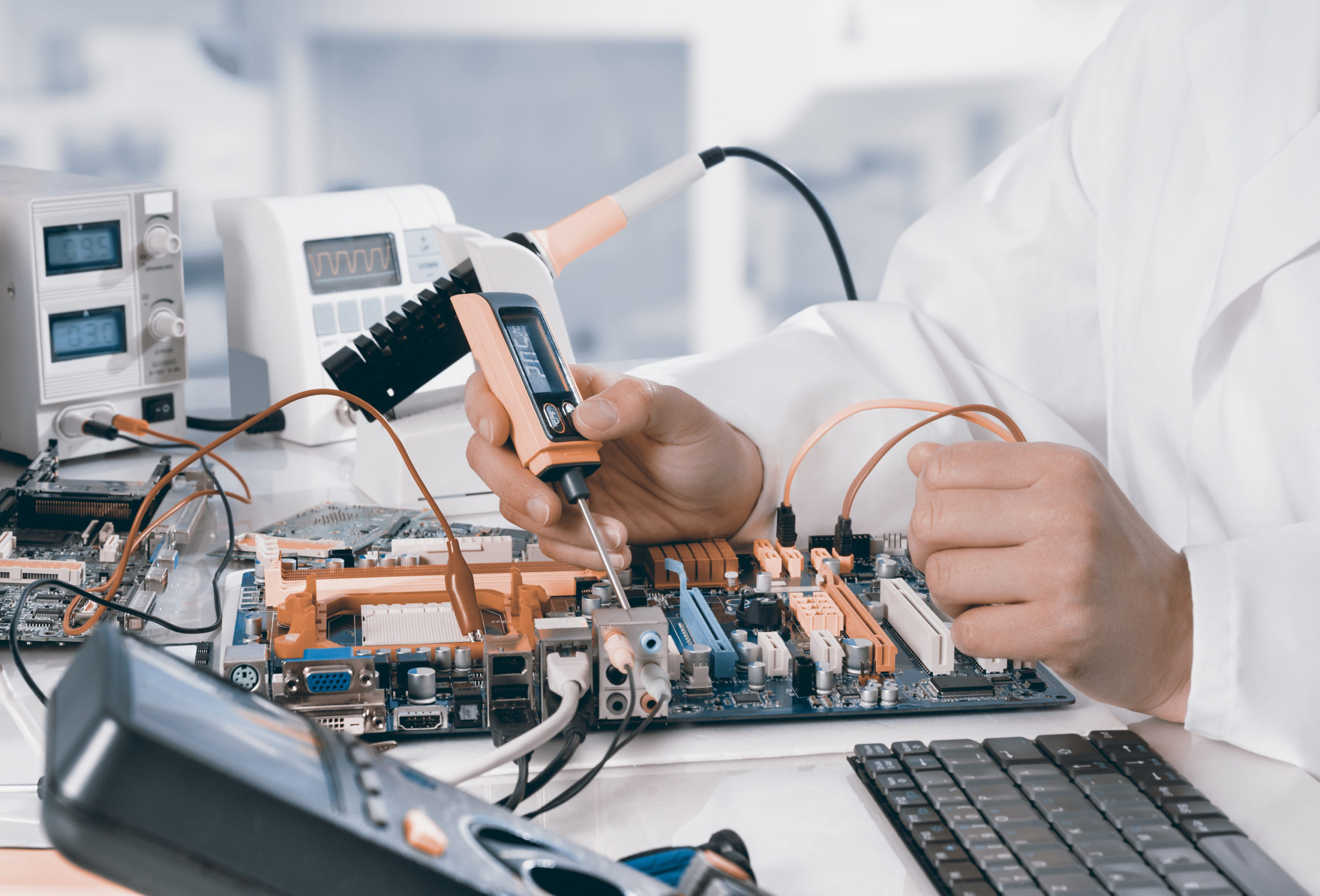In the rapidly evolving world of technology, electronic devices have become an integral part of our daily lives. From smartphones to laptops and home appliances, our dependence on these gadgets is undeniable. However, with the increasing complexity of electronics comes the inevitability of malfunctions. Learning the skill of electronics repair can not only save you money but also empower you to troubleshoot and fix issues on your own. In this comprehensive guide, we will delve into the basics of electronics repair, providing you with the knowledge needed to tackle common problems.
Understanding Electronics Components
Before diving into repairs, it’s crucial to understand the basic components of electronic devices. Resistors, capacitors, transistors, and integrated circuits are the building blocks of most electronic circuits. Familiarize yourself with their functions and how they interact within a circuit. This foundational knowledge will be invaluable when diagnosing and fixing problems.
Essential Tools for Electronics Repair
Equipping yourself with the right tools is essential for successful electronics repair. A basic toolkit should include a multimeter for measuring voltage, current, and resistance, soldering equipment for fixing broken connections, and a set of screwdrivers for opening device casings. Additionally, anti-static tools are crucial to prevent damage to sensitive electronic components. Invest in quality tools, as they can make a significant difference in the precision of your repairs.
Troubleshooting Techniques
The first step in electronics repair is identifying the problem. Develop a systematic approach to troubleshooting by checking the power supply, inspecting for visible damage, and testing individual components. Understanding the symptoms of common issues, such as no power, distorted display, or audio problems, will guide you in narrowing down the root cause.
Safety Precautions
Electronics repair involves working with electricity, so safety should be a top priority. Always disconnect devices from power sources before attempting any repairs. Use insulated tools, work on a static-free surface, and, if possible, do your repairs in a well-ventilated area. Familiarize yourself with the safety guidelines for each device you’re working on and adhere to them diligently.
Common Repairs and Solutions
Broken Power Jacks: If a device isn’t powering on, a common culprit is a faulty power jack. This component can wear out over time. Replacing it involves desoldering the old jack and soldering a new one in its place.
Faulty Capacitors: Capacitors can degrade and cause various issues, from power fluctuations to distorted audio. Identifying and replacing faulty capacitors can often resolve these problems.
Screen Replacements: For devices with screens, such as smartphones or laptops, a cracked or malfunctioning display is a common issue. Replacing a screen requires careful disassembly and reassembly, following manufacturer guidelines.
Software Issues: Not all problems are hardware-related. Some issues can be resolved through software troubleshooting, such as updating firmware or reinstalling drivers.
Conclusion:
Mastering electronics repair is a rewarding skill that opens the door to a world of possibilities. Whether you’re fixing a broken smartphone or reviving an old computer, the ability to diagnose and repair electronic devices is empowering. Remember, practice makes perfect, so start small and gradually take on more complex repairs as your confidence and skill grow. With the right knowledge, tools, and mindset, you can become a proficient electronics repair enthusiast, saving money and reducing electronic waste in the process.



